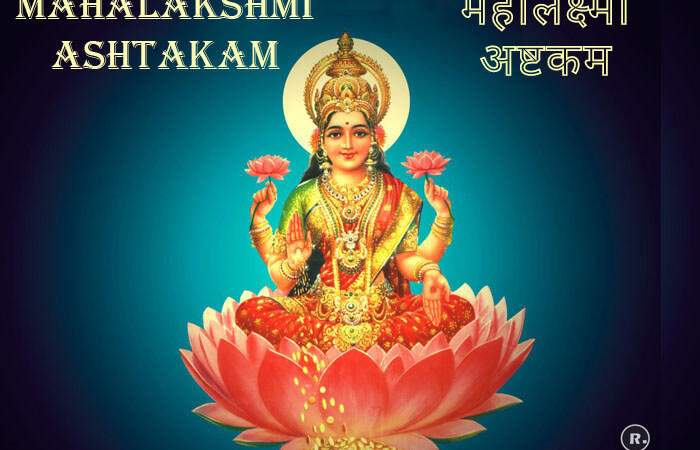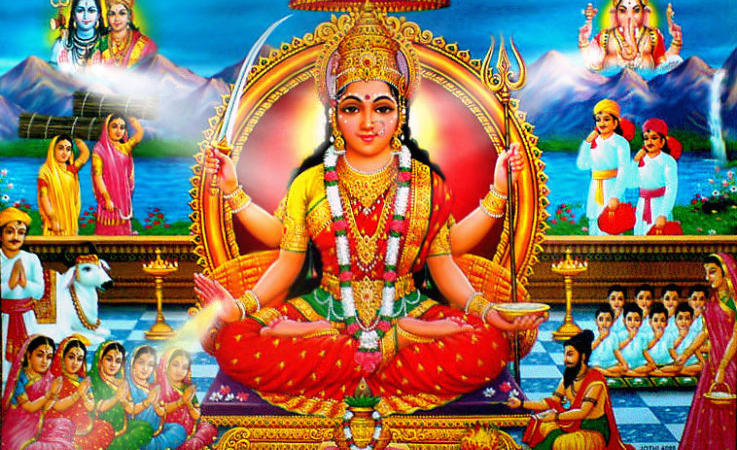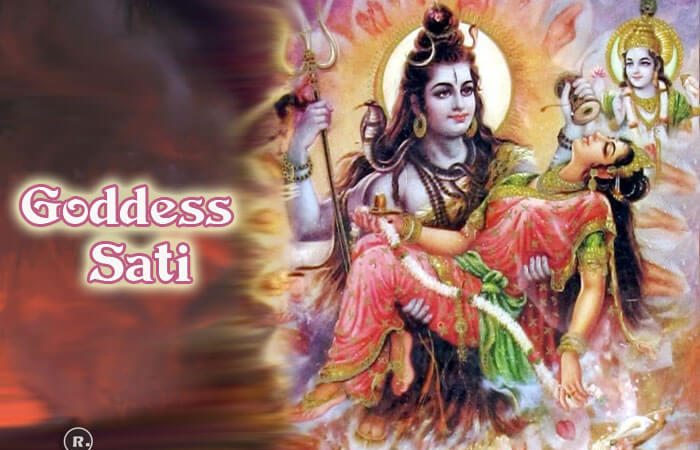National River Of India | Ganga
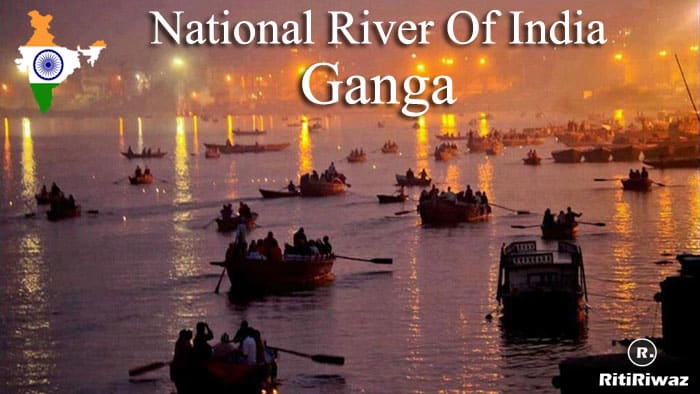
Ganges or Ganga is one of the major rivers of the Indian Subcontinent which flows through India and Bangladesh. It is the Indian National River of India. The Himalayas are the source of three major Indian rivers namely the Indus, the Ganga, and the Brahmaputra.
Ganga is the holiest river in India, which originates from a glacier named Gangotri in Uttrakhand. Bhagirathi is the source stream of Ganga. It emanates from Gangotri Glacier at Gaumukh at an elevation of 3,812 m.
Many small streams comprise the headwaters of Ganga. The important among these are Alaknanda, Dhauliganga, Pindar, Mandakini, and Bhilangana. At Devprayag, where Alaknanda joins Bhagirathi the rivers acquire the name, Ganga.
It traverses a course of 2525 Km before flowing into the Bay of Bengal. It has a large number of tributaries joining it during this journey. It passes through Uttrakhand, Uttar Pradesh, Bihar, Jharkhand, and joins the Bay of Bengal in West Bengal. At Haridwar, the Ganga river opens to the Gangetic plains.
Yamuna confluences Ganga at the Sangam in Allahabad, making a major contribution to the river flow. In West Bengal river Ganga splits into two, Bhagirathi (Hooghly) on the right and Padma on the left. Bhagirathi (Hooghly) meets the Bay of Bengal in Kolkata, while the Padma enters Bangladesh and meets river Brahmaputra and Meghna before finally joining the Bay of Bengal.
Suggested Read: National Aquatic Animal Of India
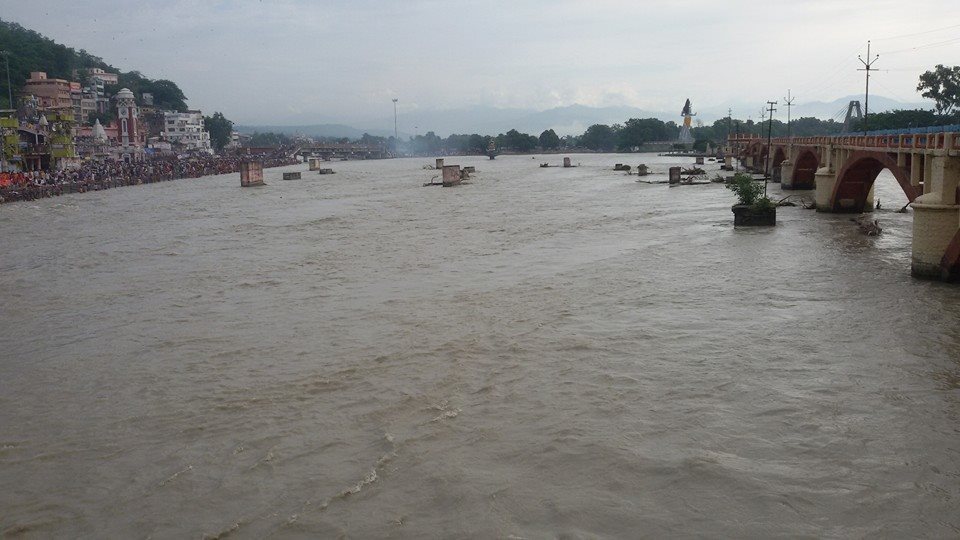
Mother Nature
The Ganga is one of the most sacred rivers to Hindus and is personified as the goddess Ganga. It is the Ganga river that has made half of India, the most fertile land on earth.
Ganga has been a cradle of human civilization for a long, millions depend on this great river for physical and spiritual sustenance. It barely gets flooded and has helped manliness to settle down across its bank with prosperity and cheerfulness.
People have immense faith in the powers of healing and regeneration of the Ganga. The river plays a vital role in religious ceremonies and rituals.
It is a lifelong ambition to many to bathe in the river Ganga, and there are several rivers-centered festivals such as Kumbh Mela and numerous Snan (Bath) Festivals.
Suggested Read: National Heritage Animal of India
The Ganga is the sacred text
Hindu spiritual literature from the Vedas, The Ramayana, The Mahabharat, Puranas have mentioned the purity and glory of mother Ganga.
The mention is made of Ganga in Rig Veda. Krishna identifies himself as Ganga in Gita…Shankaracharya considers Ganga as the chief of all Gods and Goddesses and is the ‘redeemer of the fallen’. Vivekananda carried the river water to the West with the faith that whenever in trouble a drop or two of Ganga water would soon be calm again.
The Lord is so kind that He has spread the river Ganges throughout the universe so that by taking bath in that holy river everyone can get released from the reactions of sins, which occur at every step. in Srimad Bhagavatam (3.5.41)
Buddha said “And again, Subhuti, suppose a woman or a man were to renounce all their belongings as many times as there are grains of sand in the river Ganges; and suppose that someone else, after taking from this discourse on dharma but one stanza of four lines would demonstrate it to others. Then this latter on the strength of that would beget a greater heap of merit, immeasurable and incalculable.”
“I am the shark among the fishes, and the Ganges (Jahnavi) among the rivers.” Lord Krishna, in Bhagavad Gita.
“Mother [Ganga] you girdle the earth and thereby lend it grace and beauty. You are the pathway, bedecked with banners of victory to heaven. My only prayer to you is that I may live on your bank, watch your waves, repeat your name in my heart forever and die with my eyes fixed on you.” Valmiki.
“By holding that sacred stream, touching it, and bathing in its waters, one rescues one’s ancestors to the seventh generation.” – Mahabharata
“Some try to find the Guru by shaving their heads at the Ganga, but I have made the Guru my Ganga.” – Shri Guru Granth Sahib
“Water is the source of all life.” – The Qur’an
Kumbh Mela
Kumbh in Sanskrit means pitcher and Mela mean fair. In Hindu mythology, it is believed that the nectar of immortality was poured from a pitcher on four different places in India (Allahabad, Haridwar, Nasik, and Ujjain), as a result of a long battle between the Gods and the Demons, which lasted 12 days and 12 nights.
The Kumbh Mela in its different forms alternates between these places. The Kumbh Mela happens once every 3 years in one of these locations on the banks of the corresponding rivers; Ganga in Haridwar, the Godavari in Nasik, Kshipra in Ujjain, and Sangam in Allahabad.
The Ardh (half) Kumbh is held every 6 years in Haridwar and Allahabad. The Purna (full) Kumbh and the Maha Kumbh (great/supreme pitcher) are held every 12 years and every 144 years, respectively, only in Allahabad.
The Sangam, a place where the rivers meet in Allahabad, is very auspicious according to Hindu mythology and people believe that one dip in the waters of the Sangam at a precise moment in time can wash away all of a person’s sins.
An estimated 120 million people visited Maha Kumbh Mela in 2013 in Allahabad over a two-month period.
Suggested Read: National Award of India
Tirtha
Tirtha means a crossing place and in Hinduism, it is a spiritual concept of a pilgrimage site. A tirtha can refer to a body of water, speech, ritual, trees, time periods, places gods inhabit, and many more important things considered holy by Hindu devotees.
Another reason for a Tirtha is the Hindu belief that journeys have rejuvenating potential, to purify the inner state of man, and there is spiritual merit in travel, a theme asserted by the Vedic texts.
Tirtha-yatra (pilgrimage) to these holy mountains and bodies of water have become very important to Hindus.
Ganga is a tirtha and is considered to erase sin or bad karma accumulated over the entirety of a lifetime. Pilgrims travel long distances to immerse the ashes of their kin in the waters of the Ganges, bringing their spirits closer to moksha.
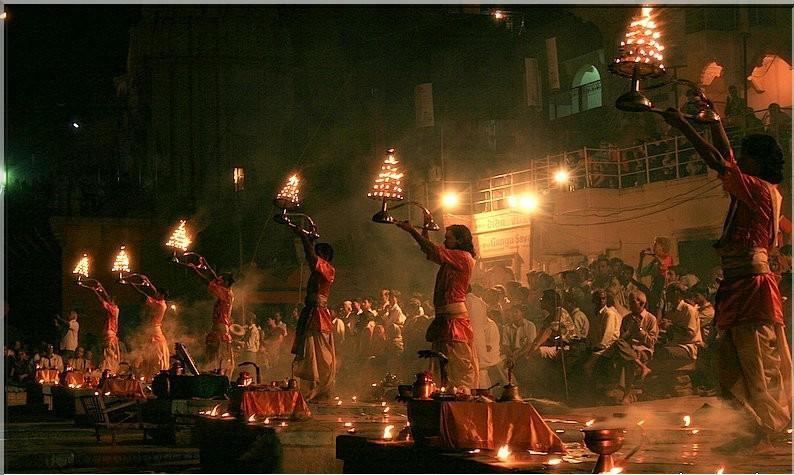
Why do Hindus bathe in the river Ganges (Ganga)?
Hindus from all over the world cherish the belief of holy dip in the river under the faith that by doing so they get rid of their sins of life and help attain salvation.
The water of the river Ganga is extremely pure and sanctifying. No germs can flourish in this mineral-rich water, its water never decays even for months and years when the water of other rivers begin to develop bacteria and fungi within a couple of days.
This self-purification characteristic of Ganga is the key to the holiness and sanctity of its water. The river also has an unusual ability to retain dissolved oxygen.
Its water cures almost all kinds of disease as it is saturated with antiseptic minerals. It is possessed by mysterious powers that are not found in any other river in the world.
Suggested Read: National Days Of India
Pollution of river Ganga
The main cause of pollution in river Ganga is due to an increase in population density along the river (about 500 million people) and various human activities and dumping of various harmful industrial waste into the river.
About 300 million gallons of waste go into the Ganges each day causing terrible effects on the pollution level of the river.
The mythological story of Ganga the self-cleaning river god- She lived in heaven but came to earth to purify the sins of all those who come in contact with it. A million pilgrims come every year to bathe in the Ganges to wash away their sins. To die here and escape the cycle of reincarnation and achieve instant salvation.
Every day, the ghats are full of pilgrims who have endured long, hard train journeys to make their way to fulfill their lifelong desire to take a holy dip in the Ganges.
Its human whose actions are making our holy river polluted everyone talks about it but no one does anything. If everyone takes the responsibility for keeping our mother river clean then within no time we will see our Pure Mother Ganga.
Suggested Read: National Pledge of India


